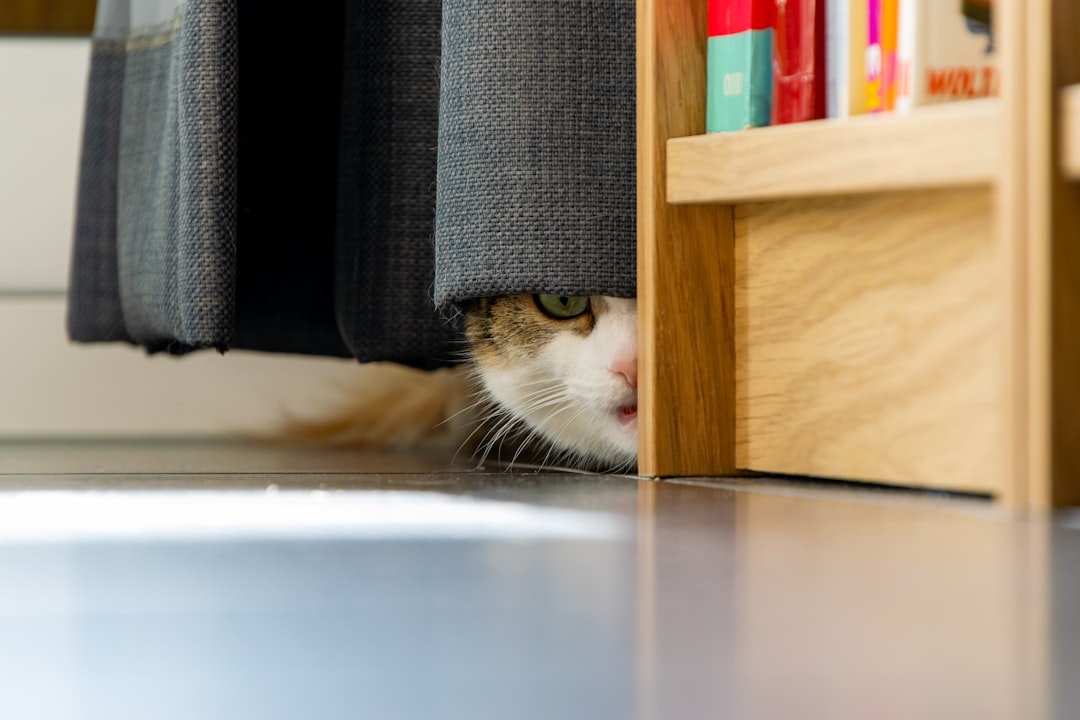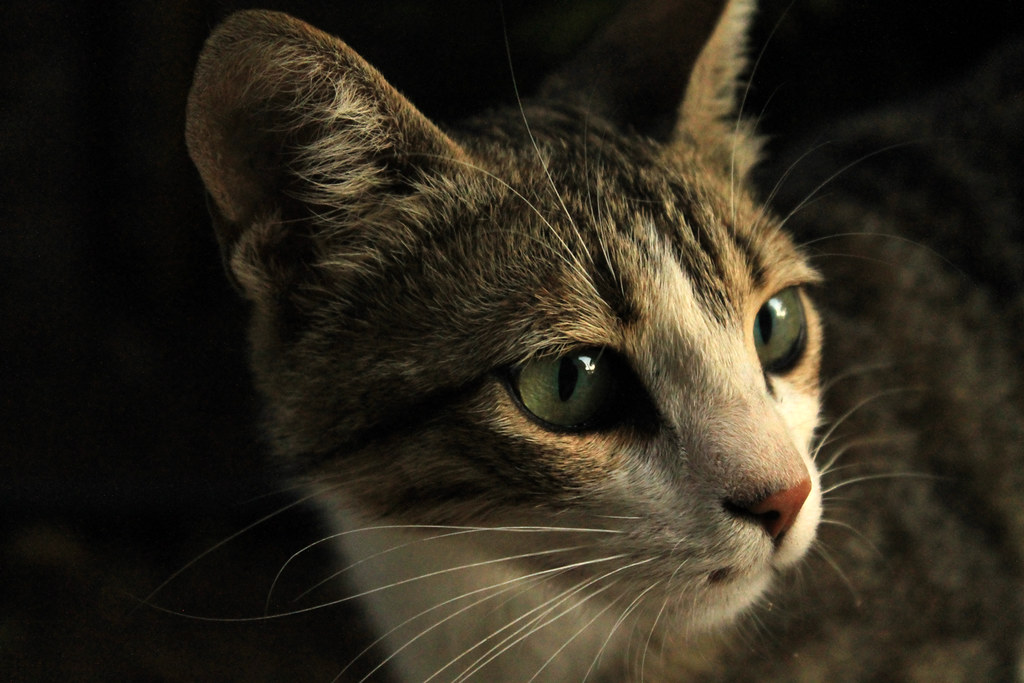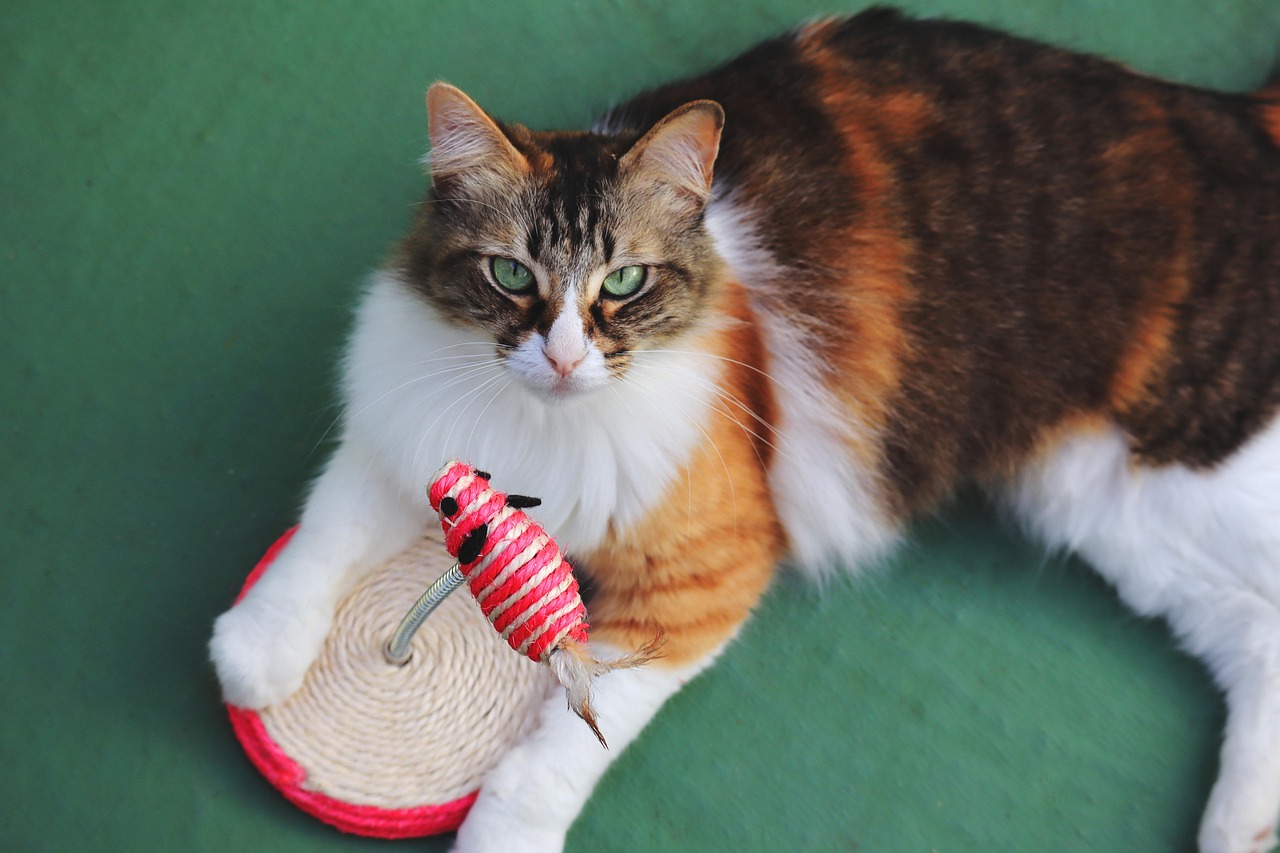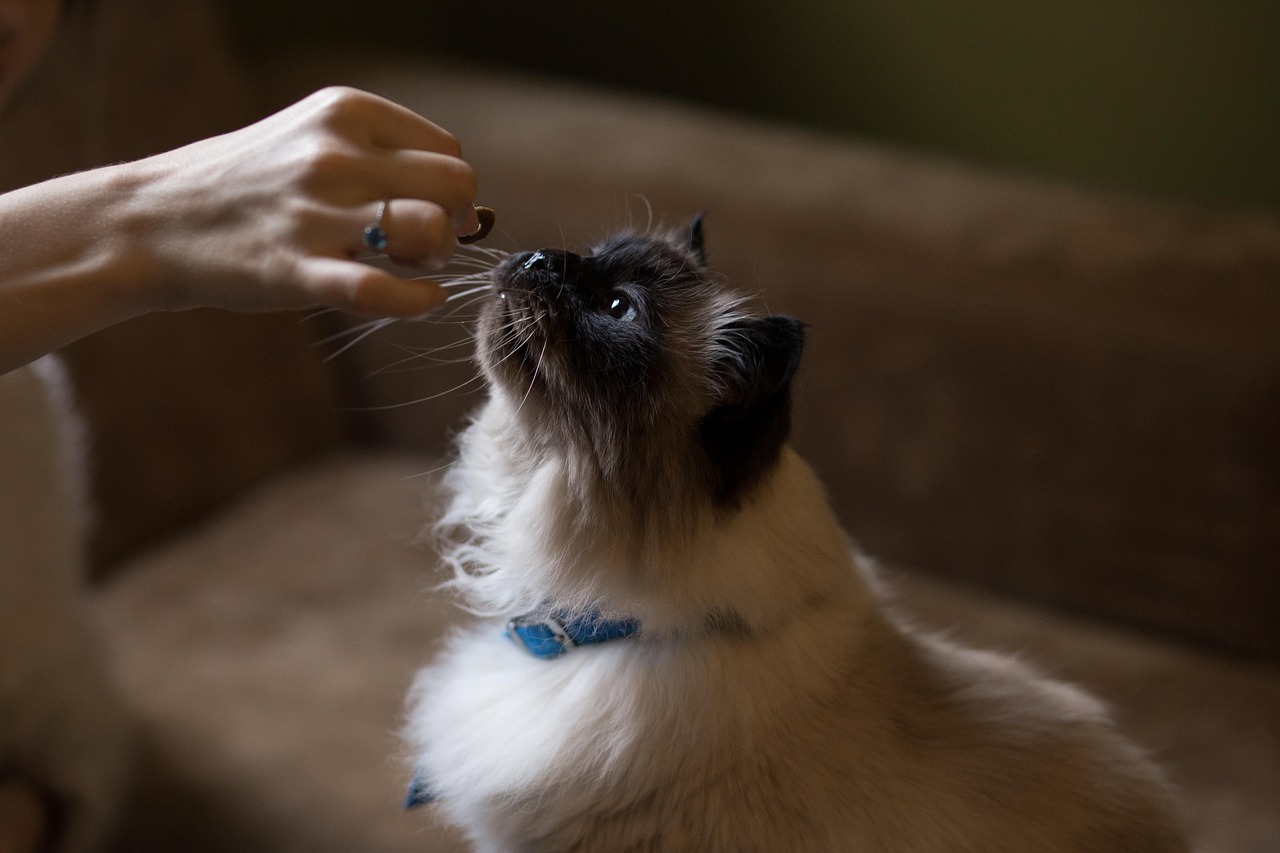Does your furry friend vanish the moment someone rings the doorbell? Maybe they spend most of their day tucked away under the bed, watching the world from the safety of shadows. You’re not alone in dealing with a fearful cat, and more importantly, there’s hope for your timid companion to blossom into a more confident feline.
Shyness is not a personality trait but an expression of fear, which means it can be addressed with the right approach. Your nervous kitty doesn’t have to live in constant worry. With patience, understanding, and some proven techniques, you can help them discover that the world isn’t as scary as they once believed. Let’s explore eight powerful strategies that will transform your wallflower into a more self-assured cat.
Create a Safe Haven That Feels Like Home

Your fearful cat desperately needs a sanctuary where they can retreat and recharge. At first a fearful cat should be confined to a small, quiet room with some hiding spots. Safe hiding spots can be boxes, pet carriers, cat trees, or blankets. This isn’t about isolating them forever, but rather giving them a foundation of security.
Provide your cat with a quiet room or space with hiding places, cozy blankets, a litter box, food and water. Use calming music to drown out loud noises in the environment. Think of this space as their personal retreat where nothing unexpected can happen. The goal is to create an environment where they can finally let their guard down.
Respect Their Body Language and Communication

Do not punish your shy cat for hiding, fleeing, hissing, growling, spitting, swatting or biting. These are signs of fear and stress and should be listened to and respected. Your cat is trying to tell you something important about how they’re feeling, and dismissing these signals will only make things worse.
Learning to read your cat’s fear signals prevents you from pushing them beyond their comfort zone. Common early signs include tensing/stilling, change of breathing patterns, dilated pupils, and hackles raising/piloerection. Continued exposure to the trigger will generally lead to trembling, drooling, lip licking/tongue flicking, hyperpanting/increased heart rate, and avoidance. Once you recognize these warning signs, you’ll know when to back off and when they’re ready for gentle progress.
Let Them Come to You on Their Terms

When interacting with a fearful or shy cat, it is best to sit quietly nearby and let them investigate you on their own terms. Never startle your cat and avoid anything noisy in the house during the introduction period. This approach builds trust because it shows your cat they have control over the interaction.
Let the kitty come to you, and don’t approach them with sudden movements or if they appear scared. Signs of fear in cats include laying their ears flat on their head, arching their back, and puffing up their tail to appear larger. Patience here pays enormous dividends. When a fearful cat finally chooses to approach you, it’s one of the most rewarding feelings you’ll experience as a pet parent.
Establish Predictable Daily Routines

Stick to a routine with your cat. Daily routines, such as when you feed your kitty, are important to them feeling secure and comfortable. Routine is a way to relax your cat as they come to know what to expect, including when you are away at work and when they will have your undivided attention for play and grooming.
Cats love predictability and knowing what to expect when interacting with humans. By keeping interactions positive, your shy cat will slowly learn to trust you. Consistency becomes their anchor in an uncertain world. When meal times, play sessions, and quiet moments happen at predictable intervals, your cat can relax knowing what comes next.
Use Interactive Play to Build Natural Confidence

When playing with our cats, we can tap into their natural behavior by using the “cat prey sequence” of activities. The cat prey sequence – staring, stalking or chasing, pouncing or grabbing, biting and eating – refers to the order of behaviors cats perform when they catch prey in the wild. Interactive play and enrichment activities that allow a cat to complete the entire prey sequence are ideal because they are the most rewarding and fulfilling for the cat.
Encourage interactive play with toys (e.g. cat dancer or fishing pole type toy). Some cats are very play-motivated and regular play sessions can help bring them out of their shell and out of hiding. Play acts like a confidence booster because it allows your cat to experience success in a safe environment. Each successful pounce and catch builds their self-assurance naturally.
Practice Positive Reinforcement Training

Clicker training is a great alternative method that can help build confidence as your cat predictably earns rewards. This approach works because it gives your cat control over earning good things, which directly opposes the helpless feeling that fear creates.
When your cat is exposed to new sights, sounds, people or experiences, praise and reward your cat with treats. This will help them associate new, unfamiliar experiences with good things (treats!) while reinforcing their relaxed, calm behavior. The key is timing your rewards to happen exactly when they’re being brave or calm. Over time, they’ll start seeking out these confident behaviors because they’ve learned good things follow.
Gradually Introduce New Experiences

Desensitization training – If your cat is fearful of a specific family member or noise you may be able to use desensitization training to help her overcome that fear. Desensitization is a structured way of exposing your cat to something she fears at a low enough level that fear is not induced, and pairing that trigger with something the cat really enjoys to create a better association.
In order to properly desensitize and countercondition your pet, you need to work below threshold – the point at which the animal demonstrates a fearful reaction. Most failures in treating fear result from the owner trying to train while the animal is over threshold. The learning center of the brain literally shuts down at this stage so behavior change is impossible to achieve. Think of it like slowly getting used to a cold swimming pool rather than jumping in all at once. Small steps lead to lasting change.
Provide Multiple Hiding Spots Throughout Your Home

One strategy cats often choose when scared is to find a secure hiding spot. It is important for owners to provide their cat with opportunities to hide, go up high and feel secure. It’s a good idea to give your cat lots of possible options for this, such as open cupboard doors, areas under beds, shelves, large cat trees, cardboard boxes and space behind furniture so they always have somewhere to go whenever they feel nervous or scared.
While it may seem counter-intuitive, by giving your cat the chance to walk away from a situation, you will help them feel more confident. Knowing they can go to hide if they feel unsafe is a good idea. This creates what behaviorists call “perceived control” – when your cat knows they always have an escape route, they’re more likely to be brave and explore. Multiple hiding spots mean they’re never trapped in any situation.
Building is like tending a delicate garden. It requires patience, consistency, and genuine respect for your feline friend’s emotional needs. Remember that every small step forward is a victory worth celebrating. Some cats will blossom quickly while others need months or even years to fully trust, and that’s perfectly normal.
The techniques we’ve covered aren’t just temporary fixes – they’re building blocks for a lifetime of improved wellbeing. Your fearful cat has the potential to become more confident, but they’ll always need you to be their advocate and safe harbor. What matters most is creating an environment where they can grow at their own pace. What small victory have you noticed in your shy cat’s journey so far?






